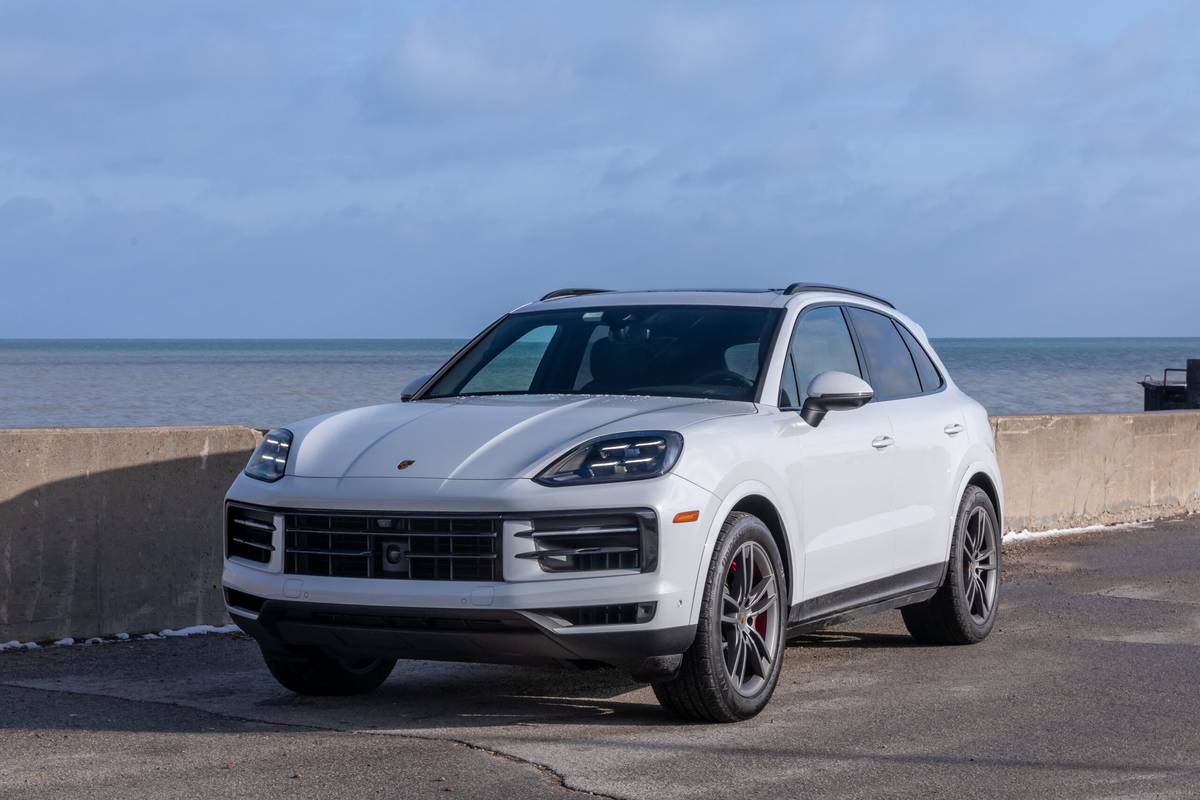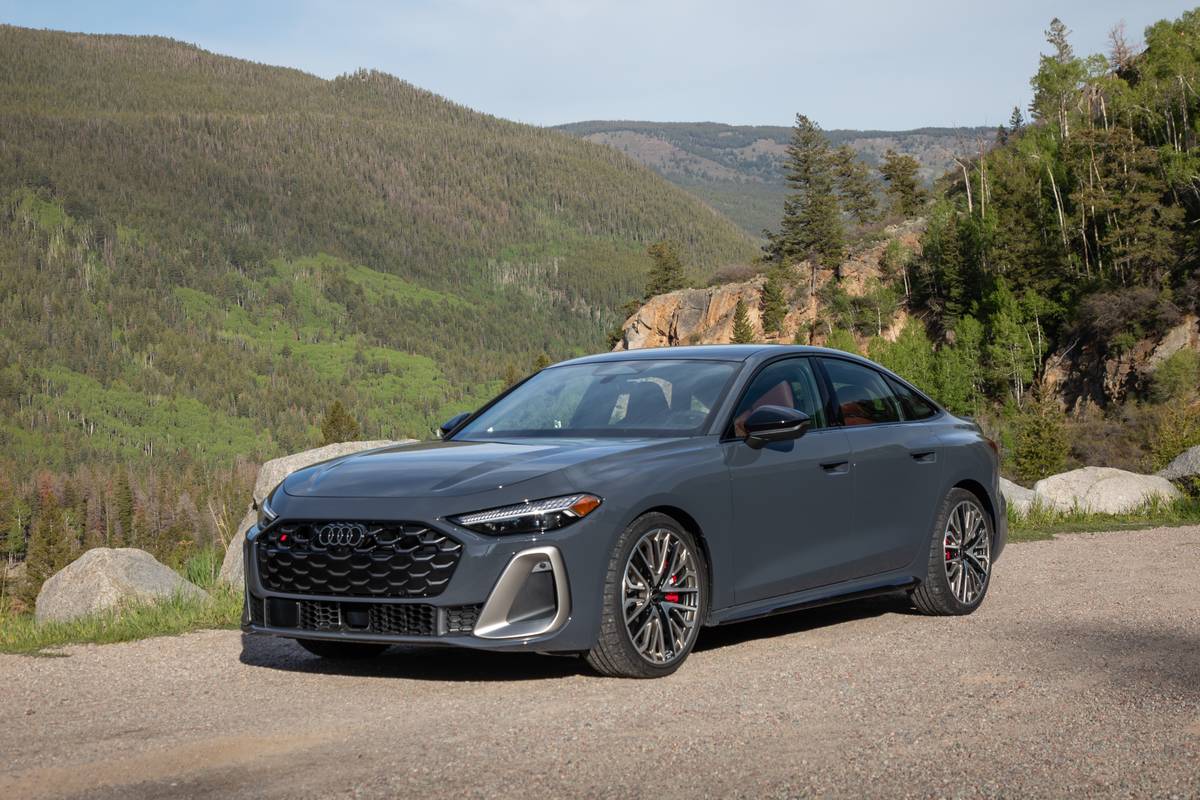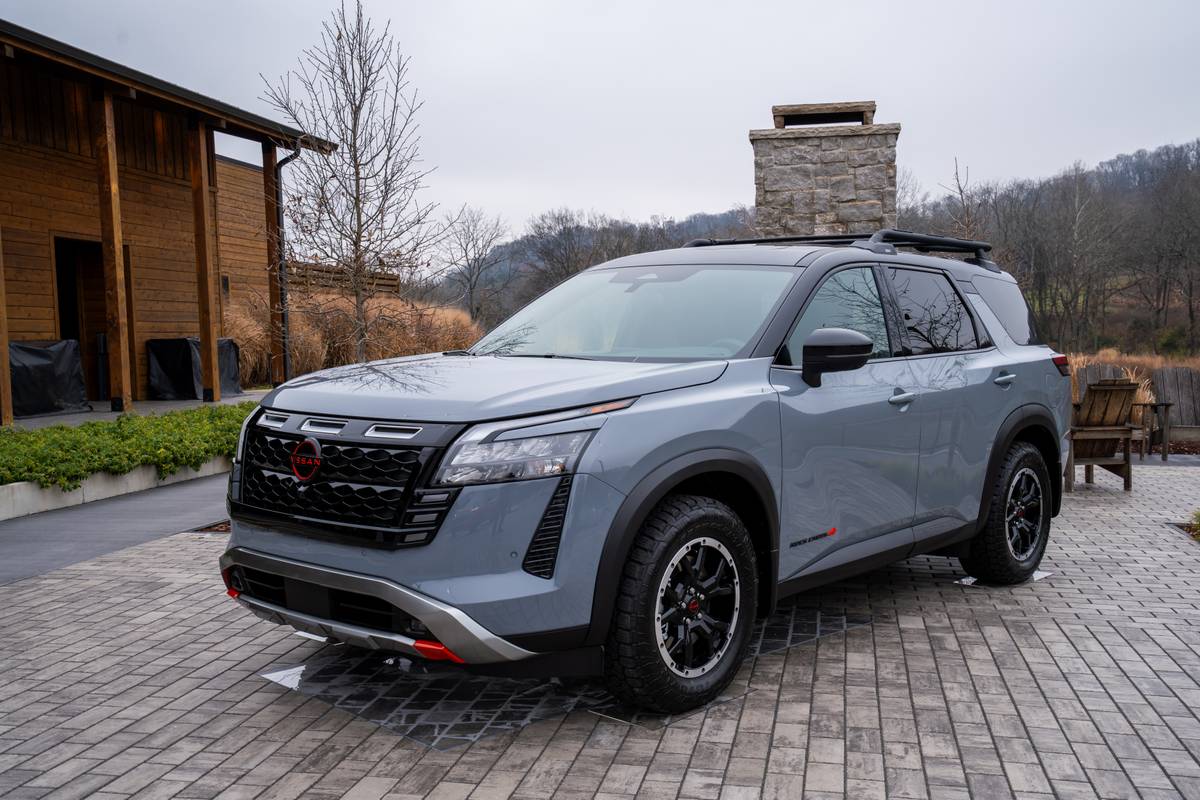washingtonpost.com's view
It’s a straight-bodied thing with a modestly rounded front end and four doors attached to the cabin. There’s nothing fancy about it, no Eddie Bauer design cues or stitchings by Ralph Lauren. Clearly it was made for men, who will constitute 75 percent of its buyers. The 2000 Toyota Tundra SR5 full-size pickup. It’s no beauty queen. It’s a truck.
Therein lies danger for Ford Motor Co., General Motors Corp. and DaimlerChrysler AG, which currently rule the U.S. truck market.
Ford’s F-Series pickups, for example, long have been the best-selling vehicles in the United States, an honor the company expects to win again this year with projected sales of 850,000 trucks.
But Toyota is serious about taking a piece of that action, and the Tundra is proof. Beneath its humbly pressed sheet metal is one of the toughest, fastest, best-handling pickups available. Sit in it. You literally can feel the quality.
Toyota did not come by this achievement easily. It arrived via failure and humiliation.
In 1993, riding high on its reputation as one of the world’s highest-quality automakers, Toyota introduced the T-100, a full-size pickup that was underpowered and overpriced. The company seemed to expect consumers to buy the T-100 simply because it wore the Toyota badge.
Consumers thought otherwise. They bought Ford F-150s, Chevrolet/GMC C/K pickups and Dodge Dakotas. The T-100 got clobbered.
Chastened, Toyota vowed to build a real full-size pickup, and it spent $1.2 billion to construct an assembly plant in Gibson County, Ind., to do it. The product began rolling off the line this spring. The early verdict: The Tundra is a winner.
There’s evidence that the company concentrated on the basics–things that make a truck a truck. Take toughness. You can run the Tundra over potholes and rocks without hearing one squeak or rattle. That’s because the Tundra is built on a super-rigid frame. Each of the two frame rails is a continuous piece of high-strength steel. They are linked by eight cross-members, including an X-shaped member in the rear. That X member increases the stability of rear suspension components, reducing rear-end wiggle, and also allows a more secure tow-hitch mounting.
There is good suspension work, with coil springs, gas shocks and a double-wishbone arrangement up front and leaf springs with gas shocks in the rear.
Similar good work can be found inside. The oval-hooded instrument panel is clearly legible and easily accessible. The cabin is exceedingly quiet. The cloth-covered seats in the tested Tundra SR5 were very comfortable, and the rear seat easily and safely accommodated a child-safety seat.
My colleague Frank Swoboda grumbled that the Tundra did not seem to have as much interior space as its native-U.S. rivals. After rolling around in the huge cabin of a new Dodge Dakota, I agree.
But it’s clear to both of us that Toyota has a potent new weapon in the truck wars. Consumers will benefit from that. Let the competi tion begin.
2000 Toyota Tundra SR5
Complaints: None so far.
Praise: A solid, well-executed piece of work. Perfect fit and finish. Many nice touches, including exterior and interior handles on all four doors–something other automakers forgot to do. User-friendly push-button four-wheel-drive system in the tested Tundra SR5.
Ride, acceleration and handling: Tops in all three categories. One of the best-riding pickups on the market. Good braking. Brakes include ventilated power front discs and rear drums with standard anti-lock backup.
Engines: The test truck was equipped with an optional double-overhead-cam, 32-valve 4.7-liter V-8 that produces 245 horsepower at 4,800 rpm and 315 pound-feet of torque at 3,400 rpm. The standard engine is a 190-horsepower, 24-valve 3.4-liter V-6. A four-speed automatic transmission is standard; a five-speed manual is available.
Capacities: Can be equipped to seat six people. Carries 26.4 gallons of gas; regular unleaded re commende d. Can carry a 2,000-pound payload and be equipped to tow a trailer weighing 7,200 pounds.
Mileage: About 14 miles per gallon in mostly highway driving. Estimated 355-mile range.
Layouts: Available in two- and four-wheel drive.
Head-turning quotient: No wow-power. But a perfectly acceptable pickup-truck body.
Safety: Rigid body structure. Depowered front air bags with on-off switch for passenger side.
Price: Base price on the tested Tundra SR5 V-8/4WD is $25,585. Dealer invoice price on that model is $22,794. Price as tested is $27,364, including $1,359 in options and a $420 destination charge.
Purse-strings note: Destination charge higher in some areas. Tundras are base-priced as low as $14,995 for the two-wheel-drive, regular-cab truck.
Latest news



